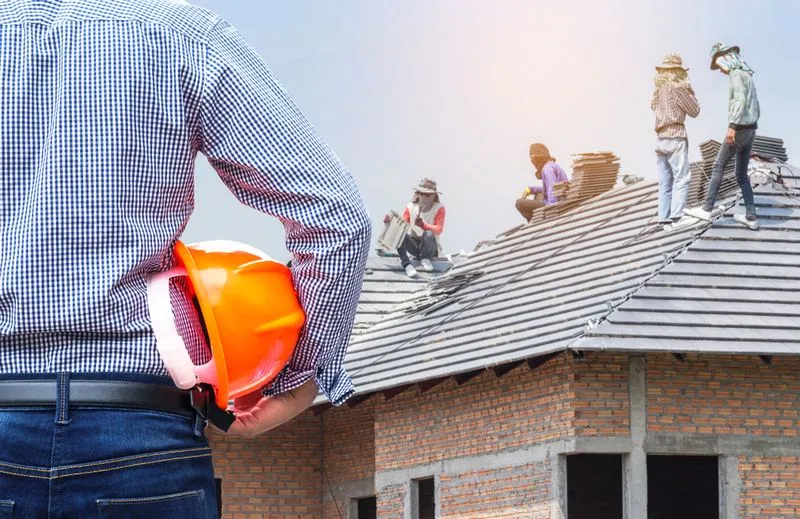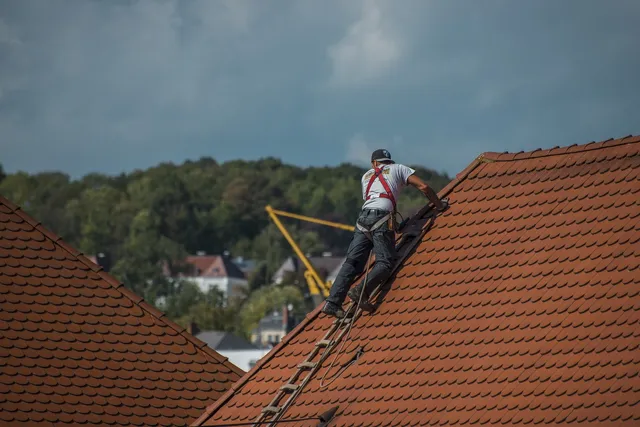Your roof is one of the most critical components of your home, providing protection from the elements and contributing to its overall structural integrity. Whether you’re building a new home or replacing an old roof, the installation process is a significant investment that requires careful consideration. In this guide, we’ll explore the importance of roof installation and the key steps involved in ensuring a successful and long-lasting roofing system for your home.
Protecting Your Investment:
A properly installed roof is essential for protecting your home and belongings from weather damage, including rain, snow, wind, and sunlight. Investing in quality roof installation ensures the longevity and durability of your home’s structure, preventing costly repairs and potential safety hazards in the future.
Enhancing Energy Efficiency:
A well-installed roof with proper insulation and ventilation can improve the energy efficiency of your home by reducing heat loss in the winter and heat gain in the summer. This can result in lower energy bills and increased comfort for you and your family year-round.
Increasing Curb Appeal:
The roof is a prominent feature of your home’s exterior, and a well-installed roof can significantly enhance its curb appeal and overall aesthetic value. With a wide range of roofing materials, styles, and colors available, you can choose a roof that complements your home’s architectural design and reflects your personal taste.
Ensuring Safety and Compliance:
Roof installation must adhere to building codes and safety regulations to ensure the structural integrity and safety of your home. Professional roofing contractors have the knowledge and expertise to install roofs according to industry standards, minimizing the risk of structural issues and ensuring compliance with local building codes.
Key Steps in Roof Installation:
Inspection and Assessment: A thorough inspection of your existing roof (if applicable) is conducted to assess its condition and identify any underlying issues that may need to be addressed before installation.
Material Selection: Choose the roofing materials that best suit your budget, preferences, and environmental conditions. Options include asphalt shingles, metal roofing, tile roofing, and more.
Preparation of Roofing Substrate: Proper preparation of the roof deck, including repairing any damaged or deteriorated areas and ensuring a smooth, clean surface, is essential for the successful installation of the new roof.
Installation of Underlayment and Flashing: Underlayment and flashing are installed to provide an additional layer of protection against water infiltration and to ensure proper drainage on the roof.
Installation of Roofing Materials: The selected roofing materials are installed according to manufacturer specifications, ensuring proper alignment, fastening, and sealing to create a watertight barrier.
Final Inspection and Cleanup: Once the roof installation is complete, a final inspection is conducted to ensure quality workmanship and compliance with building codes. Any debris or materials are removed from the site, leaving your property clean and tidy.
Conclusion:
Roof installation is a crucial investment in the protection, comfort, and aesthetics of your home. By prioritizing quality materials, professional installation, and adherence to safety standards, you can ensure a durable, energy-efficient, and visually appealing roofing system that enhances the value and longevity of your home for years to come. If you’re considering roof installation, consult with experienced roofing contractors to discuss your options and create a customized plan that meets your needs and budget.



